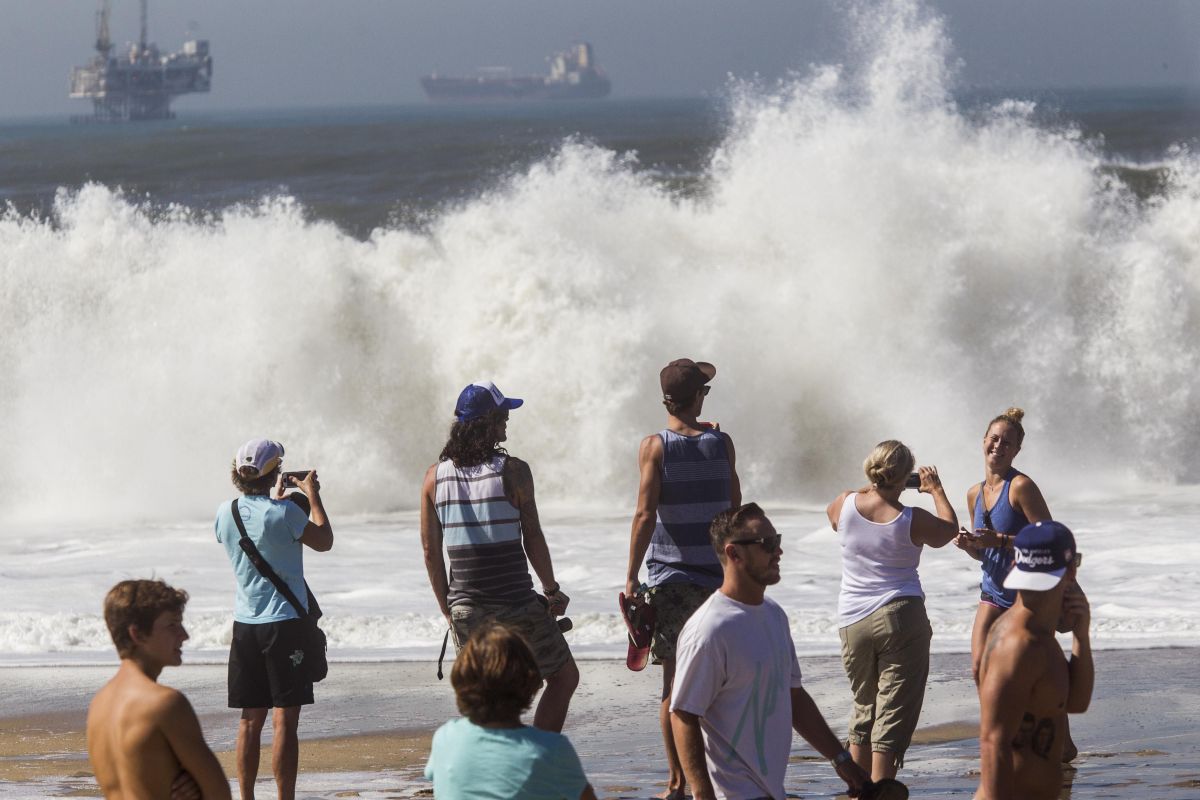Coastal areas in the US are at increasing flooding risk and climate change-driven sea-level rise could trigger mass migration of 13 million Americans to inland cities, researchers have warned.
The people could be forced to relocate due to rising sea levels by 2100. Most popular relocation choices will include land-locked cities such as Atlanta, Houston, Dallas, Denver and Las Vegas.
Advertisement
Using Machine Learning (ML) to project migration patterns resulting from sea-level rise, the researchers found the impact of rising oceans will ripple across the country, beyond coastal areas at risk of flooding, as affected people move inland.
When Hurricane Harvey slammed into the Texas coast in 2017, displaced residents flocked inland, trying to rebuild their lives in the disaster’s aftermath.
“Within decades, the same thing could happen at a much larger scale due to rising sea levels,” said the new study led by Bistra Dilkina, Computer Science Assistant Professor at the University of Southern California.
The study, published in PLOS ONE, is the first to use machine learning to project migration patterns resulting from sea-level rise.
According to the findings, cities throughout the country will grapple with new populations. Effects could include more competition for jobs, increased housing prices, and more pressure on infrastructure networks.
“Sea level rise will affect every county in the US, including inland areas,” said Dilkina.
The ML model also predicts suburban and rural areas in the Midwest will experience a disproportionately large influx of people relative to their smaller local populations.
Sea-level rise is caused primarily by two factors related to global warming: the added water from melting ice sheets and glaciers and the expansion of seawater as it warms.
Within just a few decades, hundreds of thousands of homes on the US coast will be flooded.
In fact, by the end of the century, six feet of ocean-level rise would redraw the coastline of southern Florida, parts of North Carolina and Virginia and most of Boston and New Orleans.
To predict the trajectory of sea-level rise migration, the researchers took existing projections of rising sea levels and combined this with population projections.
Based on migration patterns after Hurricane Katrina and Hurricane Rita, the team trained machine learning models – a subset of Artificial Intelligence – to predict where people would relocate.
This result, notes the researchers, shows that population movement under climate change will not necessarily follow previously established patterns. In other words: it is not business as usual.
The results could help city planners and policymakers plan to expand critical infrastructure, from roads to medical services, to ensure the influx of people has a positive impact on local economies and social well-being.











